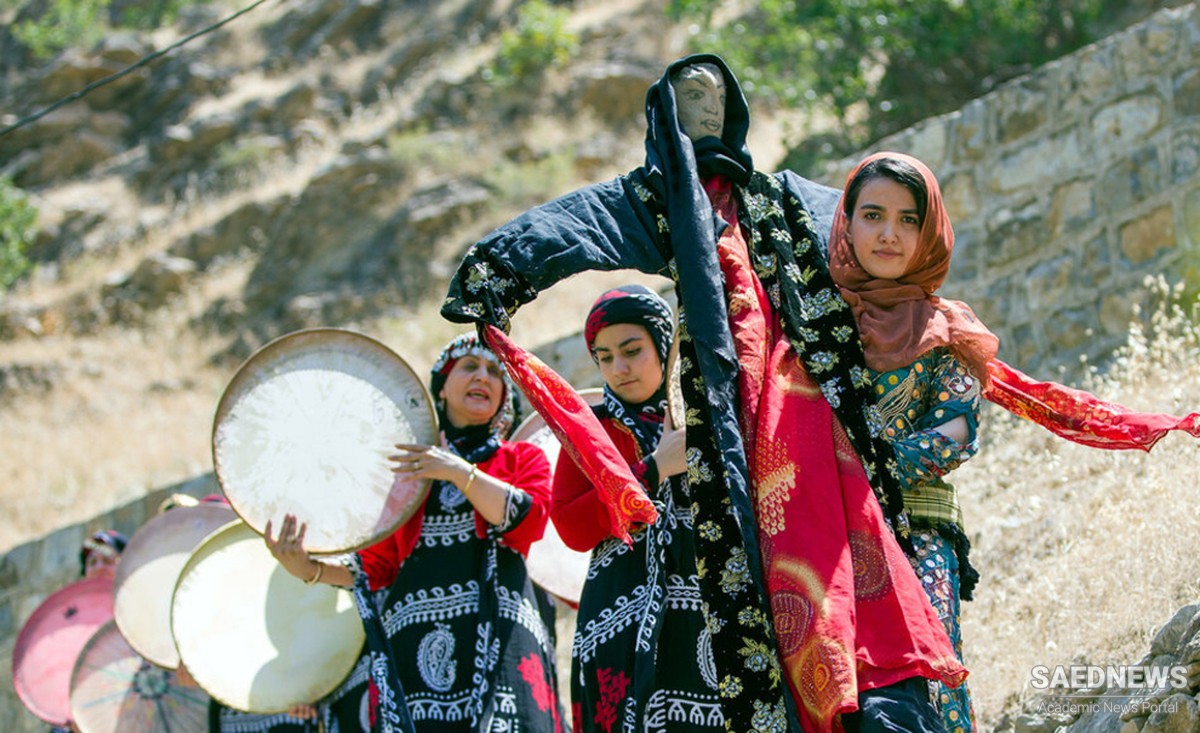Since there is no unifying band of a Kurdish “standard language” common to the various countries where Kurds live, the past decades have seen the evolution of regional written standards in some of these countries, in part using different scripts. This could be seen as a possible starting point for the evolution of several, if closely related, Kurdish languages (based on the respective dialects of Kurmanji and Sorani) in the future.
Non-linguistic factors. At the moment, most speakers of N-, C-, or S-Kd. dialects, and even many speakers of Zazaki or Gurani, would consider their mother-tongue(s) as “varieties of Kurdish” and would not hesitate to think of it as a unified whole, even if the uniformity is impaired by political or other boundaries. Why is this so? Linguistics itself, or dialectology, does not provide any general or straightforward definition of at which point a “language” becomes a “dialect” (or vice versa). To attain a fuller understanding of the difficulties and questions that are raised by the issue of the “Kurdish language,” it is therefore necessary to consider also non-linguistic factors.
Most speakers of Kd. dialects, and also many speakers of Zazaki or Gurani, “feel Kurdish,” form (more or less) one ethnic group, the “Kurdish,” community, and show varying degrees of further ambitions at attaining some form(s) of cultural autonomy or political self-organization (often against the statal conditions under which they live). The “Kurdish ethnic identity” is blurred by various cultural, religious, and political frictions but it makes their bearers consider the extant linguistic, social, and political boundaries between their dialects as “artificial” boundaries between the parts of an—imagined—unified Kurdish language. The various degrees of political, cultural, and social pressure exerted on Kurdish in countries like Turkey or Syria have further contributed to the creation of a romantic self-image of the Kurdish language among those who consider themselves as Kurds.
The ethnic unity of Kurds, although problematic in itself, continues to be one important non-linguistic reason to consider the constituents of the Kurdish dialect continuum indeed as dialects of “one language.” The same cannot be true, of course, for Zazaki and Gurani, which remain firmly outside Kurdish on linguistic grounds. For them, speaking of their native language(s) as “varieties of Kurdish” can be true only in an ethnical/political sense. To make this clear, it would be better to speak of their native languages as “Kurdish languages,” even if this is at odds with the concept of unity of language and ethnicity to which most modern societies in principle adhere.


 Kurdish Language: Cultural Identity and Linguistic Status
Kurdish Language: Cultural Identity and Linguistic Status














































